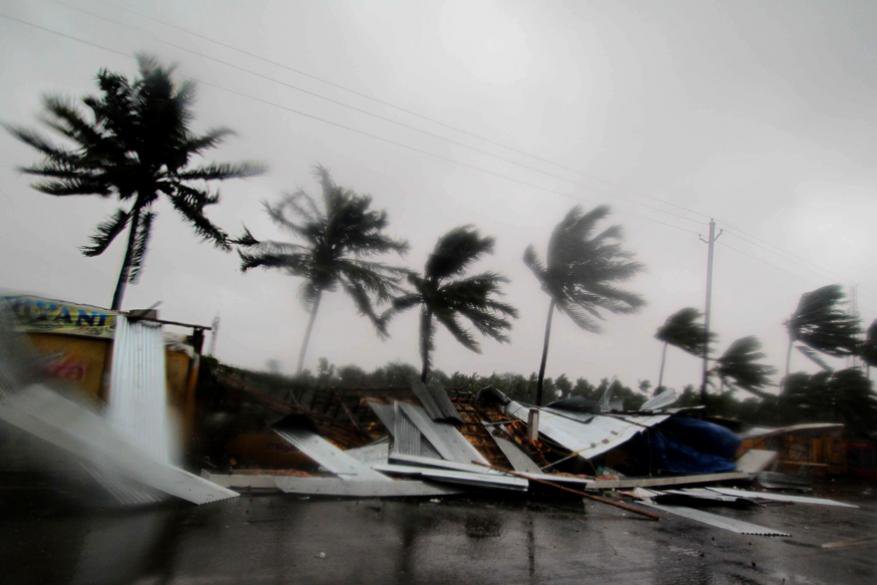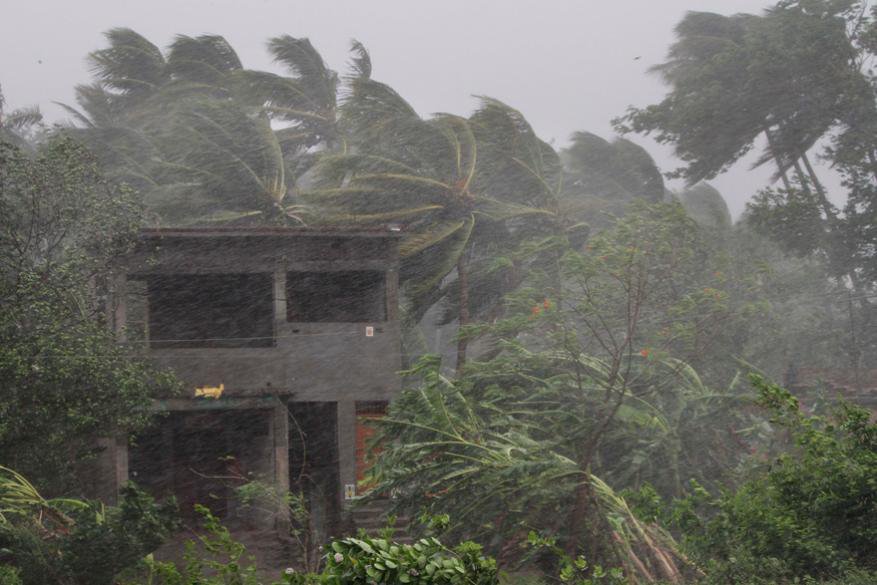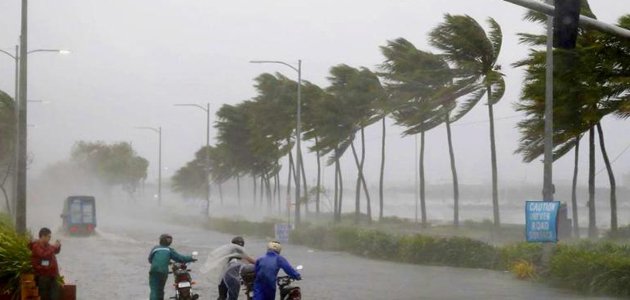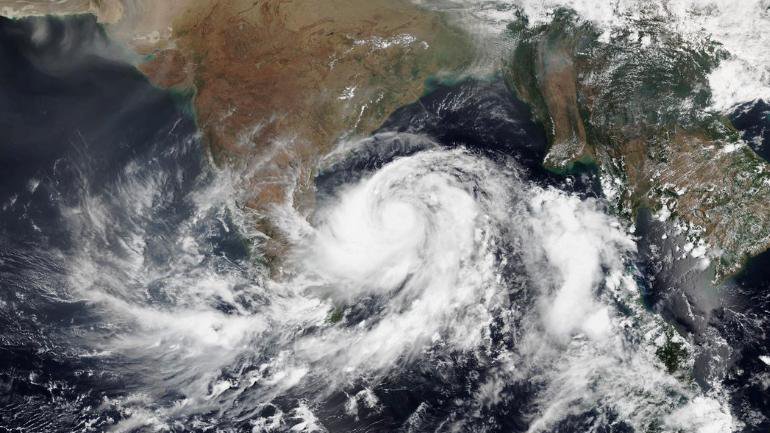Earlier this week, Odisha was hit by the deadly Cyclone Fani.
#CycloneFani | Visuals from the landfall on Friday morning at Puri, Odisha. 12 people have been reportedly killed in Odisha due to the storm till now.
— The Weather Channel India (@weatherindia) May 4, 2019
Keep up with the latest updates here: https://t.co/jqtkg3XeXZ#FaniUpdates #FaniCyclone
📹 @PIB_India pic.twitter.com/JztFoYaFsw
What is said to be the strongest cyclone in 20 years could’ve caused devastating damage and loss. However, the Odisha authorities’ efforts towards managing this disaster ensured minimal loss of life in one of the poorest states of the country.

While the efforts have been somewhat overlooked by our own media, several international publications have applauded the government’s efforts to curtail the devastation.
According to a New York Times report,
To warn people of what was coming, they deployed everything they had: 2.6 million text messages, 43,000 volunteers, nearly 1,000 emergency workers, television commercials, coastal sirens, buses, police officers, and public address systems blaring the same message on a loop, in local language, in very clear terms: “A cyclone is coming. Get to the shelters.”

On Friday, The spokesperson for the UN Office for Disaster Risk Reduction (ODRR) Denis McClean said in a statement,
They seem to have done a very good job in terms of minimising the possibility for loss of life. The almost pinpoint accuracy of the warnings, the early warnings from the IMD, allows them to conduct a very well targeted evacuation plan which resulted in 1.1 million people mainly moving to about 900 cyclone shelters.
Advisory distributed by @ndmaindia and local authorities days before #CycloneFaniUpdates made landfall in effort to minimize loss if life and injury #GP2019Geneva #ResilienceForAll #CycloneFani pic.twitter.com/5q2w2QBNkS
— UNDRR (@unisdr) May 3, 2019

Another report by BBC also commended the preparedness of the people of Odisha. The report stated:
In February the International Federation of Red Cross and Red Crescent Societies (IFRC) began distributing tarpaulins ahead of the region’s “cyclone season” – but warned that if a deadly storm rolls in, shelters made of battered bamboo and shredded plastic would offer little protection.The navy, the coast guard and the National Disaster Response Force have all been prepared for deployment. Two ships with divers and doctors have been stationed at the southern port cities of Vishakapatnam and Chennai.

Calling the mitigation strategy a success, The New York Times added,
Mass casualties seem to have been averted. While the full extent of the destruction remained unclear, only a few deaths had been reported, in what appeared to be an early-warning success story.
The sound and the fury : here’s what the landfall at Puri by #CycloneFani actually looked like..
— PIB India (@PIB_India) May 3, 2019
Video by @PIBBhubaneswar pic.twitter.com/4GpvKFkRQ3
Not only International media, even Twitter is abuzz with the success of the Odisha’s disaster managements efforts.
The death count for #CycloneFani is 3. It could have been in thousands had it not been for the incredible disaster relief mechanism put in place by the Odisha government. It’s an unsung achievement, one that we should all be proud of and the world must emulate.
— Shivam Vij (@DilliDurAst) May 3, 2019
Kudos to @Naveen_Odisha @CMO_Odisha for conducting the evacuation and for containing the disaster. And most importantly, not doing a lot of PR out of this even during an election season
— Prince (@revprince) May 3, 2019
I agree. I am totally impressed with @Naveen_Odisha ‘s disaster management plan. Under him, Odisha has become the first state in Southeast Asia to be felicitated for disaster management by the United Nations and that’s not a small achievement. https://t.co/bCIIIzc0fh
— Sadhavi Khosla🇮🇳 (@sadhavi) May 3, 2019
This is a very big achievement and a really proud moment for the nation. This is an area in which our country has to do lot of improvement to ensure better service to human beings in distress. Kudos to Sh. Navin Patnaik.
— Mansingh Jagawat (@MansJagawat7) May 3, 2019
Happy to share that #Odisha has won the first round of fight against #CycloneFani in ensuring minimum loss of life by timely & massive evacuation.
— Arun Bothra (@arunbothra) May 4, 2019
Now the longer battle of relief & restoration begins. We will win this one also.#FaniCyclone #CyclonicStormFANI#FaniUpdates pic.twitter.com/qVJaXwH6s0
3 dead, millions evacuated as #CycloneFani hits Odisha. Salute to the officials working to ensure the safety of people. Stay safe. Prayers 🙏
— Sir Jadeja fan (@SirJadeja) May 3, 2019
pic.twitter.com/60X6fwG7t8
In 1999, a super cyclone of similar intensity took away more than 10,000 lives in Odisha. The government has definitely learnt from that harrowing experience and stepped up for a similar disaster 20 years later.
While the damage to property has been significant, the current official death toll is reportedly 12. Thanks to the timely mass evacuation of over 1 million people and over 900 shelters being set up, a catastrophic aftermath has been averted.

















